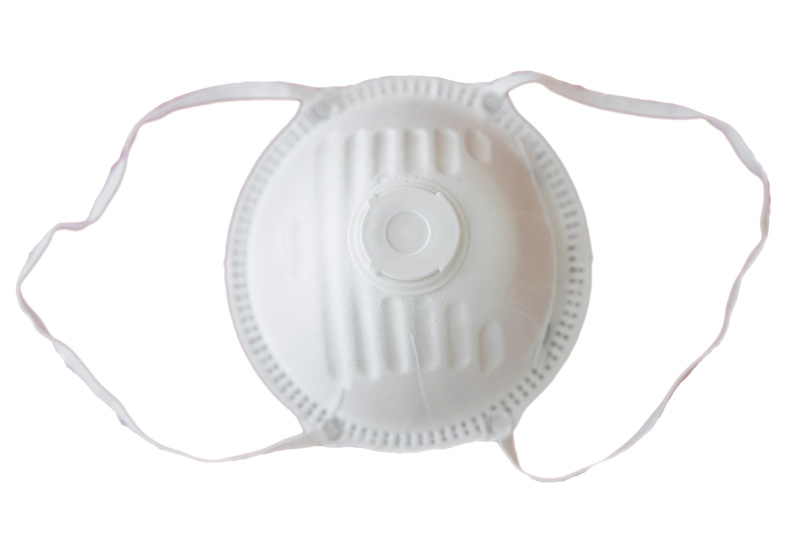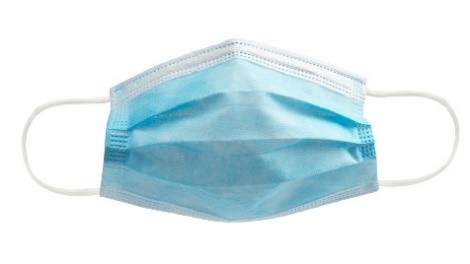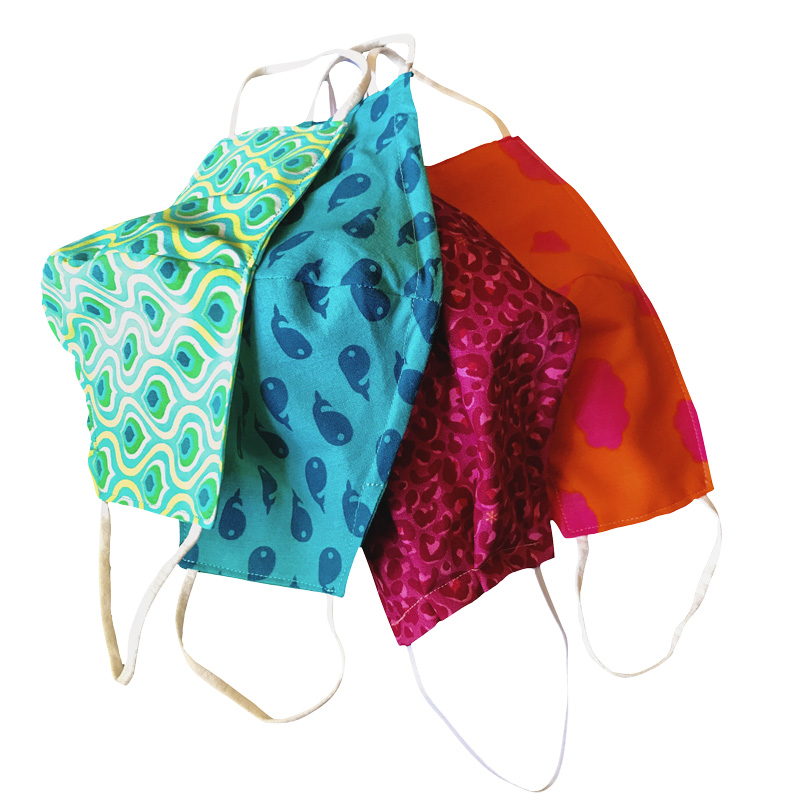We’re seeing serious action around face mask/coverings by both state and Federal governments as well as big retail outlets. Never before have Australians been faced with mandates on face masks/coverings and it can be both confronting and confusing for people with respiratory conditions. It’s deemed an effective strategy against community transmission of COVID-19, but we understand it’s not that easy for some.
Here are a few tips:
- Do not share your mask/covering
- Mask/coverings are not all the same make or size, try different types and see what feels more comfortable, there are some options below
- If you’re not used to wearing a mask/covering, here are some tips to help you get comfortable:
- Wear it around the house to get comfortable with it before venturing out in public
- Start with wearing the face-covering for as little as a few minutes and take a break if you need to – then see if you can gradually build up the time
- Try wearing the mask/covering while you’re doing something that doesn’t require exertion, like watching tv or reading a book
- Watch a few tutorials on how to wear a face mask/covering, the more you practice the more comfortable you will be. Here’s one to get you started.
- Keep checking in on our social media pages, we often have tips and information from our Asthma Educators and other experts that might be able to help you.
Have you considered your asthma control?
COVID-19 is a stressful time with or without mask/coverings and stress can play a part in asthma and is a known trigger.
Do you have good asthma control when you don’t wear a mask/covering? Take an Asthma Control Test here.
Good asthma control is when you:
- Are able to do all your activities
- Experience no symptoms during the night or on waking
- Experience daytime symptoms no more than two days per week
- Need reliever medication no more than two days per week (not including using your reliever before exercise
If you note any of the following:
- Symptoms at night or early morning
- You are using reliever and having symptoms more than 2 days in the week
- You experience symptoms on activities that you normally can do without symptoms
- You have experienced a flare-up, asthma attack or been hospitalised
These are signs that your asthma is partially or poorly controlled and you should see the doctor.
If you have partial or poor control it won’t be helping when you put on a mask/covering.
Speak to an Asthma Educator for free about any of your asthma concerns by calling 1800 ASTHMA (1800 278 462) Monday to Friday 9 am-5 pm. Our educators are trained to help you with Australian best-practice asthma management and evidence-based information.
TYPES OF MASKS
N95 or P2 masks

Considerations
- Masks used by healthcare workers
- Not recommended for use by the general public as they must be correctly fitted to be effective and are more difficult to put on and take off.
- A lot of N95 masks also don’t protect other people. They only have a one-way valve, filtering the air you breathe in, but not the air you breathe out. They would protect the person wearing the mask (e.g a healthcare worker) but would not prevent spread in the general community if the wearer had COVID-19.
Medical or surgical mask

- Surgical masks which are flat or pleated
- Attached to head with straps that go around the ears, head or both
- Disposable/single-use
- Australian Standard 4381 2015 is an approved surgical mask to Australian standards
- Helps to prevent droplet spread.
Non-medical, cloth or fabric mask

- May be made of different combinations of fabrics and layering sequences
- Lots of designs are available, try a few different styles to see what you find best. They should include a flat fold or duckbill and fit closely over the nose, cheeks, and chin of the wearer.
- Choose materials which capture droplets but remain easy to breathe through
- Avoid stretchy material as they have lower filtration and are sensitive to washing at high temperatures
- Must have at least three layers, depending on the fabric used. An inner layer which touches the mouth and an outer layer which is open to the environment. A rule of thumb about their effectiveness is that you shouldn’t be able to blow out a candle through the mask.
- Choose water-absorbing layers for the internal layers, combined with an external layer which does not easily absorb liquid
- With the use of more tightly woven materials or increased layers, breathability may be reduced
- Wash the mask as per manufacturers directions and wash your hands after touching used masks.
- You could make your own from fabric you might have at home. Lots of patterns are available, here is one to get you started: https://www.health.gov.au/sites/default/files/documents/2020/07/coronavirus-covid-19-how-to-make-a-cloth-mask.pdf
** Please note face shields, bandanas and scarves don’t meet the face mask rules
Looking after your mask/coverings
To use your mask/covering safely, remember:
- N95 mask must be correctly fitted to be effective. If you are using a surgical or fabric mask make sure your mask covers your nose and mouth and fits snugly under your chin, over the bridge of your nose, and against the sides of your face.
- Wash or sanitise your hands before putting on a mask/covering and after removing it.
- Avoid touching your face when wearing a mask/covering and taking it on and off. Touching the mask/covering during use or pulling it down to consume food or drink can contaminate the hands. If you do accidentally touch the mask/covering, wash or sanitise your hands immediately.
- Change your mask/covering if it is wet, dirty, or has been worn for an extended period of time as it will become less effective.
- Make sure you remove the mask/covering without touching the front of the mask/covering. Do not touch your eyes or mouth after the mask/covering removal.
- After removing your mask/covering, either dispose of it immediately or place it in a sealable bag until it can be washed.
- Again, do not share your mask/cover with other people.
Face mask rules and exemptions
It is important to stay up to date with the latest lockdown and mask wearing information in your local area. For more information see: https://asthma.org.au/blog/face-masks-and-covid-19/






